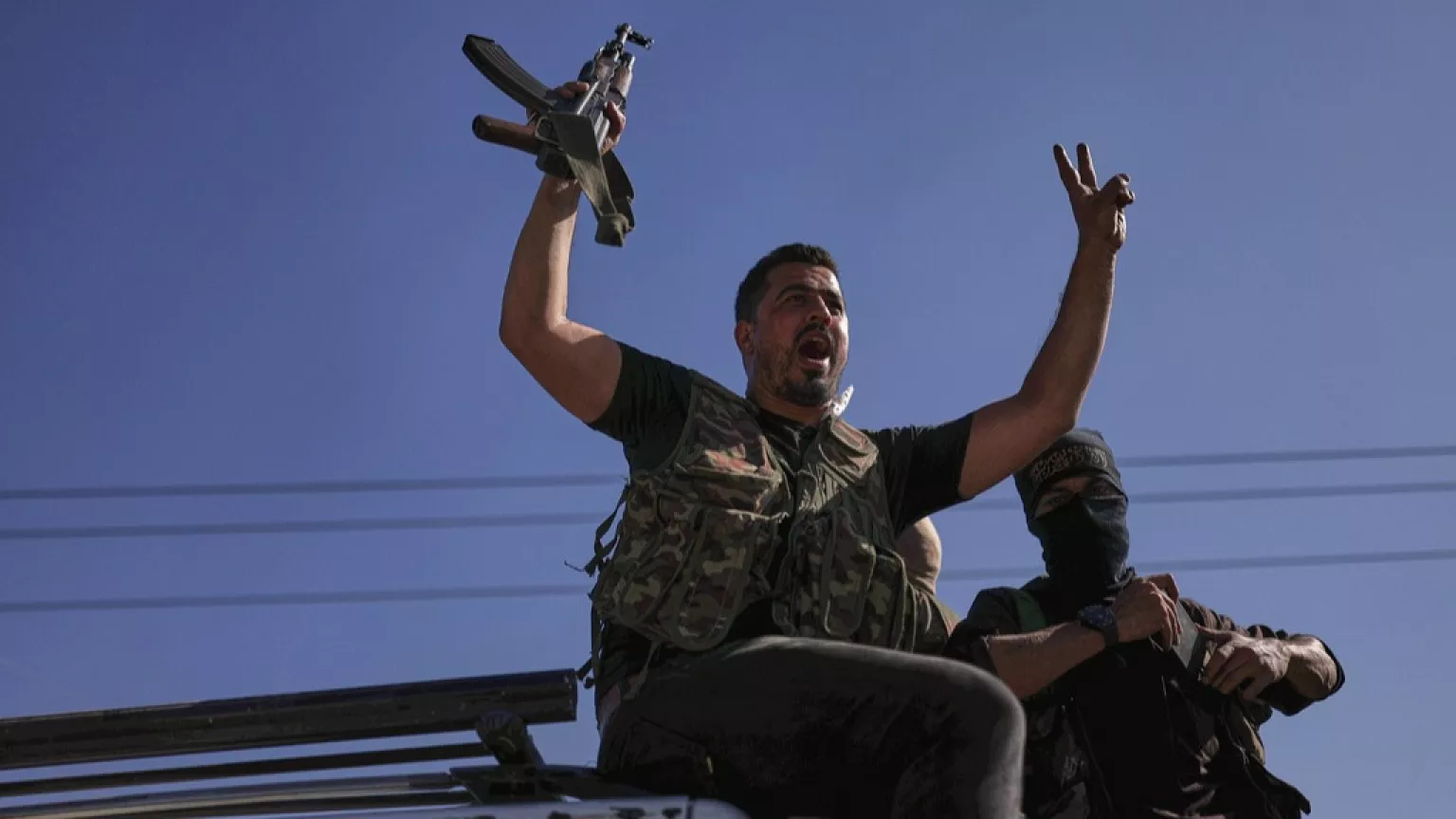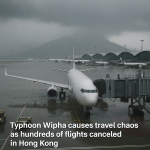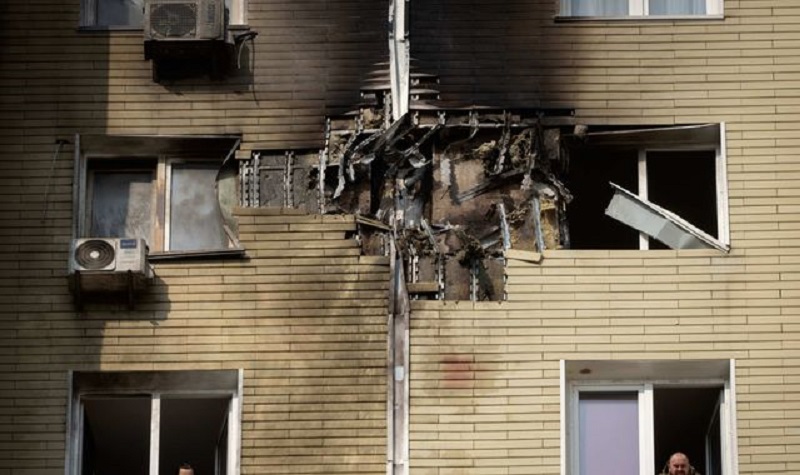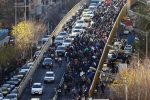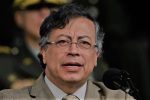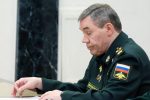Mazraa, July 19 – In a moment of rare diplomatic coordination, a fragile ceasefire has been brokered between Syria and Israel, following days of deadly clashes in Syria’s southern Sweida province. The conflict has displaced nearly 80,000 people, devastated public services, and left a trail of trauma that continues to grow.
The U.S. envoy to Syria, Tom Barrack, announced early Saturday that both Syria and Israel have agreed to halt hostilities. The deal follows Israeli airstrikes launched in support of the Druze minority, which came under attack amid escalating violence between government forces, local Druze militias, and Bedouin tribes. Israel, citing protection of the Druze community — many of whom serve in the Israeli military — carried out targeted strikes, including one that hit the Syrian Defense Ministry headquarters in Damascus.
“This ceasefire is backed by neighboring countries, including Turkey and Jordan,” Barrack shared in a message on X. “Now is the time for Druze, Bedouins, and Sunnis to lay down their arms and begin building a peaceful and united Syrian identity.”
But peace on paper is not yet peace on the ground.
A War Within a War
Fighting first erupted on Sunday, sparked by tensions between Sunni Bedouin clans and Druze militias. When Syrian government forces intervened, instead of calming tensions, they appeared to side with the Bedouins — a move that intensified the conflict and provoked Israel’s intervention.
What followed was a humanitarian nightmare. Homes were burned. Entire families fled. Reports surfaced that Druze civilians were executed by government-affiliated fighters. Meanwhile, revenge attacks by Druze militias against Bedouin communities have reignited the violence, causing a second wave of mass displacement.
A Nation in Turmoil
Syria’s interim President Ahmad al-Sharaa had earlier promised to deploy a specialized force to stabilize Sweida, but the effort stalled for reasons undisclosed. While local Druze factions and the Syrian government had reached a tentative agreement to re-establish order, it failed to materialize amid ongoing gunfire.
Aid workers and international agencies, already stretched thin, are facing grave challenges. The United Nations cannot access Sweida due to road closures and ongoing insecurity. Electricity and water systems have collapsed. Hospitals are overwhelmed.
Hamza al-Amarin, a senior member of the White Helmets, was kidnapped earlier this week while trying to help a U.N. team evacuate. His fate remains uncertain.
Hope in Diplomacy, Fear on the Ground
The ceasefire — while a critical step — feels fragile. On Friday, Bedouin fighters from across Syria streamed into Sweida, prepared to continue the fight. “We will not return until we crush Al-Hijri,” one man said, referring to Druze spiritual leader Sheikh Hikmat Al-Hijri. Though he insisted civilians would not be harmed, fear permeates the region.
This is not just a clash of tribes or communities — it is a cry for dignity, identity, and survival. The cost is being borne most by the innocent, those without weapons, who now live without homes, clean water, or safety.
As the world watches and waits, many inside Syria are left to wonder: will this ceasefire hold, or is it just a pause before another storm?
